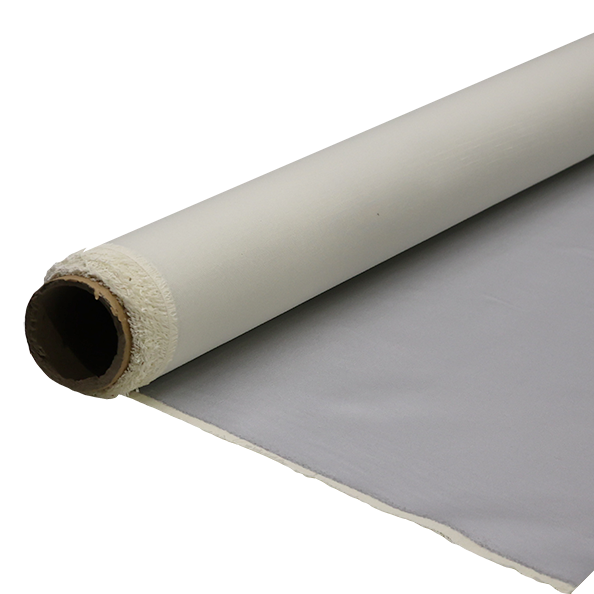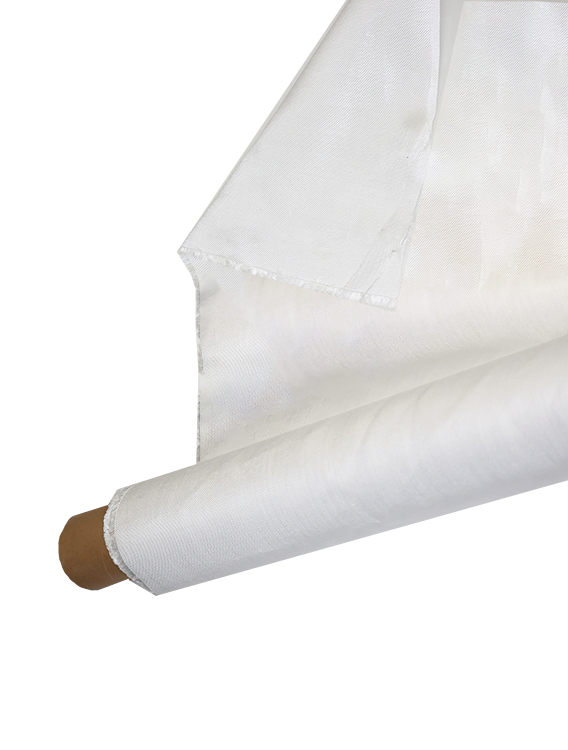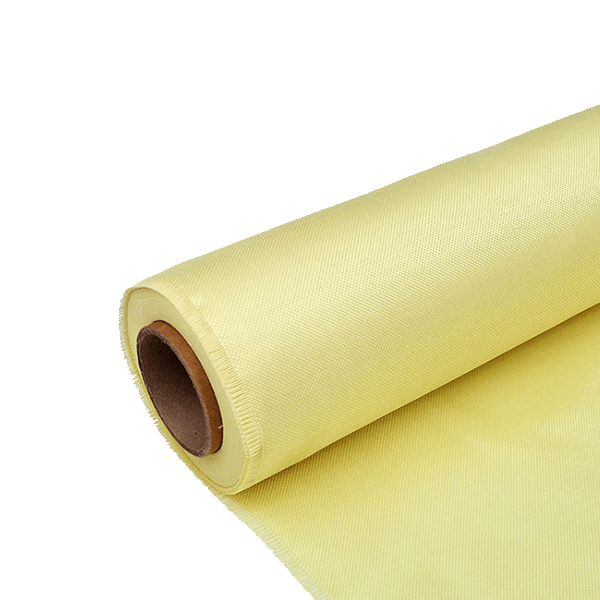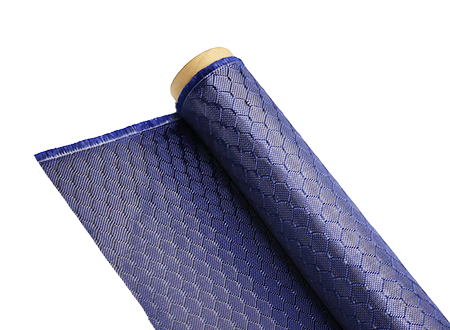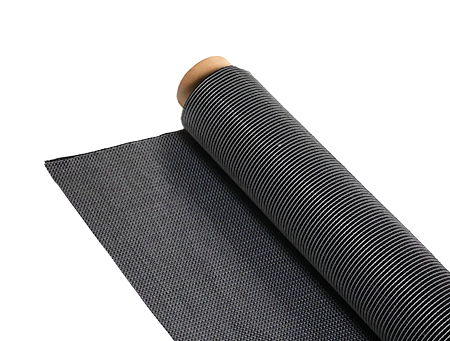Unleashing Strength: The Power and Potential of Aramid UD in Innovation
-
Table of Contents
“Aramid Fiber: Unmatched Thermal Stability for Reliable Circuit Board Performance.”
Introduction
Aramid fiber, known for its exceptional thermal stability and mechanical strength, has emerged as a critical material in the electronics industry, particularly in the manufacturing of circuit board components. Its unique properties, including high resistance to heat and flame, make it an ideal choice for applications where temperature fluctuations and thermal stress are prevalent. As electronic devices become increasingly compact and powerful, the demand for materials that can withstand elevated temperatures without compromising performance has intensified. Aramid fiber not only enhances the durability and reliability of circuit boards but also contributes to the overall efficiency of electronic systems. This introduction explores the significance of aramid fiber in electronics, focusing on its role in improving thermal stability and ensuring the longevity of circuit board components.
Aramid UD: Enhancing Thermal Stability in Circuit Board Components
Aramid fiber, known for its exceptional strength and thermal stability, has emerged as a pivotal material in the electronics industry, particularly in the realm of circuit board components. Among the various forms of aramid fiber, unidirectional (UD) aramid fiber stands out for its unique properties that enhance the performance and reliability of electronic devices. The integration of Aramid UD into circuit board manufacturing not only addresses the challenges posed by heat but also contributes to the overall durability and efficiency of electronic components.
One of the primary advantages of Aramid UD is its remarkable thermal stability. In electronic applications, components are often subjected to significant thermal stress due to the heat generated during operation. Traditional materials may struggle to maintain their integrity under such conditions, leading to potential failures and reduced lifespan of the circuit boards. In contrast, Aramid UD exhibits a high thermal decomposition temperature, allowing it to withstand elevated temperatures without compromising its structural integrity. This characteristic is particularly beneficial in high-performance electronics, where efficient heat dissipation is crucial for optimal functionality.
Moreover, the lightweight nature of Aramid UD contributes to the overall efficiency of circuit boards. As electronic devices continue to trend towards miniaturization, the demand for materials that provide strength without adding excessive weight has become increasingly important. Aramid UD fulfills this requirement by offering a high strength-to-weight ratio, which not only enhances the mechanical properties of circuit boards but also facilitates the design of more compact and lightweight electronic devices. This is particularly relevant in sectors such as aerospace and automotive, where weight reduction can lead to improved fuel efficiency and performance.
In addition to its thermal stability and lightweight characteristics, Aramid UD also plays a significant role in enhancing the electrical insulation properties of circuit boards. The electrical insulation provided by aramid fibers is crucial in preventing short circuits and ensuring the safe operation of electronic devices. By incorporating Aramid UD into the laminate structure of circuit boards, manufacturers can achieve superior dielectric properties, which are essential for maintaining signal integrity and reducing electromagnetic interference. This is particularly important in high-frequency applications, where even minor disruptions can lead to significant performance issues.
Furthermore, the incorporation of Aramid UD into circuit board components can lead to improved moisture resistance. In many electronic applications, exposure to humidity and moisture can compromise the performance and longevity of circuit boards. Aramid fibers are inherently resistant to moisture absorption, which helps to mitigate the risks associated with environmental factors. This moisture resistance not only enhances the reliability of electronic devices but also extends their operational lifespan, making them more suitable for a variety of applications, including those in harsh environments.
In conclusion, the integration of Aramid UD into circuit board components represents a significant advancement in the pursuit of enhanced thermal stability and overall performance in electronics. By leveraging the unique properties of aramid fibers, manufacturers can produce circuit boards that are not only capable of withstanding high temperatures but also lightweight, electrically insulating, and moisture-resistant. As the demand for more efficient and reliable electronic devices continues to grow, the role of Aramid UD in circuit board technology will undoubtedly become increasingly prominent, paving the way for innovations that meet the evolving needs of the industry.
The Role of Aramid Fiber in Improving Electronics Durability

Aramid fiber, renowned for its exceptional strength and thermal stability, plays a pivotal role in enhancing the durability of electronic components, particularly in circuit boards. As the demand for more compact and efficient electronic devices continues to rise, manufacturers are increasingly turning to advanced materials that can withstand the rigors of modern technology. Among these materials, aramid fiber stands out due to its unique properties, which contribute significantly to the longevity and reliability of electronic systems.
One of the primary advantages of aramid fiber is its remarkable thermal stability. In electronic applications, components are often subjected to varying temperatures, which can lead to thermal expansion and contraction. This phenomenon can cause mechanical stress and ultimately result in failure. By incorporating aramid fiber into circuit board designs, manufacturers can mitigate these risks. The fiber’s ability to maintain structural integrity at elevated temperatures ensures that circuit boards remain functional even under extreme conditions. This characteristic is particularly crucial in industries such as aerospace and automotive, where components are frequently exposed to high heat and demanding operational environments.
Moreover, aramid fiber’s lightweight nature contributes to the overall efficiency of electronic devices. As technology advances, there is a growing trend toward miniaturization, which necessitates the use of lighter materials without compromising performance. The incorporation of aramid fiber allows for the development of thinner and lighter circuit boards, which not only enhances portability but also improves energy efficiency. Lighter components require less energy to operate, thereby extending battery life in portable devices. This synergy between durability and efficiency is essential in meeting consumer expectations for high-performance electronics.
In addition to thermal stability and lightweight properties, aramid fiber also offers excellent resistance to chemical degradation. Electronic devices are often exposed to various environmental factors, including moisture, dust, and corrosive substances. These elements can lead to the deterioration of traditional materials used in circuit boards, ultimately compromising their functionality. Aramid fiber, however, exhibits superior resistance to such environmental challenges, ensuring that electronic components remain intact and operational over extended periods. This resilience not only enhances the reliability of devices but also reduces maintenance costs, making aramid fiber an economically viable choice for manufacturers.
Furthermore, the integration of aramid fiber into circuit board manufacturing processes can lead to improved mechanical properties. The fiber’s high tensile strength and flexibility allow for the creation of circuit boards that can withstand mechanical stress without cracking or breaking. This is particularly important in applications where devices are subject to vibrations or impacts, such as in mobile phones or industrial machinery. By reinforcing circuit boards with aramid fiber, manufacturers can produce more robust products that are less likely to fail under challenging conditions.
As the electronics industry continues to evolve, the role of aramid fiber in improving the durability of circuit board components becomes increasingly significant. Its unique combination of thermal stability, lightweight characteristics, chemical resistance, and mechanical strength positions it as a key material in the development of next-generation electronic devices. By leveraging the advantages of aramid fiber, manufacturers can create more reliable, efficient, and long-lasting products that meet the demands of an ever-changing technological landscape. In conclusion, the integration of aramid fiber into electronics not only enhances durability but also paves the way for innovative solutions that will shape the future of the industry.
Innovations in Circuit Board Design: Utilizing Aramid UD for Heat Resistance
In the realm of electronics, the demand for enhanced performance and reliability has led to significant innovations in circuit board design. One of the most promising advancements in this field is the incorporation of aramid fiber, particularly in the form of unidirectional (UD) materials, which offers exceptional thermal stability for circuit board components. As electronic devices become increasingly compact and powerful, the need for materials that can withstand elevated temperatures without compromising structural integrity has never been more critical. Aramid fibers, known for their high strength-to-weight ratio and thermal resistance, are emerging as a key solution to address these challenges.
The unique properties of aramid fibers stem from their molecular structure, which provides remarkable thermal stability. This characteristic is particularly advantageous in circuit board applications, where components are often subjected to significant heat generated by electrical currents. Traditional materials may degrade or lose their mechanical properties under such conditions, leading to potential failures in electronic devices. In contrast, Aramid UD materials maintain their integrity even at elevated temperatures, ensuring that circuit boards remain functional and reliable over extended periods.
Moreover, the use of Aramid UD in circuit board design not only enhances thermal resistance but also contributes to weight reduction. As manufacturers strive to create lighter and more efficient electronic devices, the lightweight nature of aramid fibers becomes a significant advantage. By replacing heavier materials with Aramid UD, designers can achieve a more compact form factor without sacrificing performance. This is particularly relevant in industries such as aerospace and automotive, where weight savings can lead to improved fuel efficiency and overall performance.
In addition to thermal stability and weight reduction, Aramid UD materials also offer excellent electrical insulation properties. This is crucial in circuit board applications, where the risk of short circuits and electrical failures can have dire consequences. The inherent insulating characteristics of aramid fibers help to mitigate these risks, providing an additional layer of protection for sensitive electronic components. As a result, manufacturers can design circuit boards that not only withstand high temperatures but also maintain electrical integrity, thereby enhancing the overall reliability of the devices.
Furthermore, the integration of Aramid UD materials into circuit board design aligns with the growing trend towards sustainability in electronics. As environmental concerns continue to rise, manufacturers are increasingly seeking materials that are not only high-performing but also eco-friendly. Aramid fibers, derived from renewable resources, present a more sustainable alternative to traditional materials. By adopting Aramid UD in circuit board applications, companies can reduce their environmental footprint while still meeting the rigorous demands of modern electronics.
As the electronics industry continues to evolve, the role of innovative materials like Aramid UD will undoubtedly become more prominent. The combination of thermal stability, lightweight properties, excellent electrical insulation, and sustainability makes aramid fibers an ideal choice for next-generation circuit board designs. As manufacturers increasingly recognize the benefits of these materials, we can expect to see a broader adoption of Aramid UD in various electronic applications, paving the way for more reliable, efficient, and environmentally friendly devices. In conclusion, the utilization of aramid fiber in circuit board design represents a significant step forward in addressing the challenges posed by heat and performance in modern electronics, ultimately leading to enhanced functionality and longevity of electronic devices.
Q&A
1. **Question:** What is the thermal stability of aramid fiber in electronic applications?
**Answer:** Aramid fiber exhibits excellent thermal stability, maintaining its mechanical properties at elevated temperatures, typically up to 200°C, making it suitable for circuit board components.
2. **Question:** How does aramid fiber enhance the performance of circuit boards?
**Answer:** Aramid fiber reinforces circuit boards by providing high tensile strength and thermal resistance, which helps prevent warping and delamination under thermal stress.
3. **Question:** What are the benefits of using aramid fiber in electronic insulation materials?
**Answer:** The use of aramid fiber in insulation materials offers improved thermal stability, reduced weight, and enhanced durability, contributing to the overall reliability and longevity of electronic devices.

